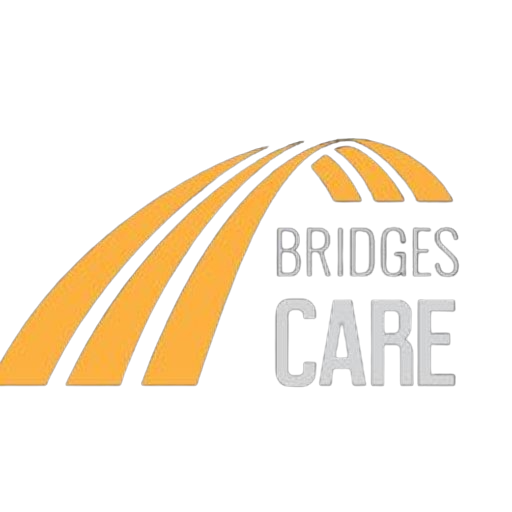NDIS Supports and Goals
All supports and services for NDIS participants must contribute to the achievement of their individual goals as outlined in the participant’s plan. Support purpose categories are designed to align with the Outcomes Framework and the 15 support categories (listed below). This helps participants choose supports that help them achieve their goals, and providers to understand how the supports they provide contribute to the participant’s goals.
- Core purpose
- Capital purpose
- Capacity building purpose
NDIS participant budgets can be allocated to three separate types of SUPPORT PURPOSE. In other words, NDIS participants are funded for three different purposes;
Core Support:
Core funding enables the participant to purchase supports needed for social and community participation, transport, consumables and, daily living such as personal care and household duties. Funding for core support cannot be allocated for other support purposes (i.e. capital or capacity building supports).
Core support outcome or goals are measured based on the level of the participant’s need satisfaction regarding;
How to measure Core support outcome or goals:
- Daily Living: Assistance with Daily Life, Transport and Consumables
- Social & Community Participation: Assistance with Social & Community Participation
Capital funding is used for investments, such as assistive technologies, equipment, home or vehicle modifications, or for Specialist Disability Accommodation (SDA). Participant budgets for this support purpose are restricted to specific items identified in the participant’s plan.
Capital Support:
Capital support outcome or goals are measured based on the level of the participant’s need satisfaction regarding;
- Daily Living: Assistive Technology
- Home: Home Modifications and Specialised Disability Accommodation (SDA)
How to measure Capital support outcome or goals:
Capacity building funding is meant for supports that enable a participant to build their independence and skills. It can be used to purchase support categories such as;
- Support Coordination
- Improved Living Arrangements
- Increased Social and Community Participation
- Finding and Keeping a Job
- Improved Relationships
- Improved Health and Wellbeing
- Improved Learning
- Improved Life Choices
- Improved Daily Living Skills
Capacity Building Support:
Capacity building outcome or goals are measured based on the level of the participant’s independence or improvement regarding;
- Choice & Control: Support Coordination and Improved Life Choices
- Home: Improved Living Arrangements
- Social and Community Participation: Increased Social and Community Participation
- Work: Finding and Keeping a Job
- Relationships: Improved Relationships
- Health & Wellbeing: Improved Health and Wellbeing
- Lifelong Learning: Improved Learning
- Daily Living: Improved Daily Living Skills
How to measure Capacity building outcome or goals:
Participant budgets are allocated at a support category level and must be used to achieve the goals set out in the participant’s plan.
- Assistance with Daily Life
- Transport
- Consumables
- Assistance with Social & Community Participation
- Assistive Technology
- Home Modifications and Specialised Disability Accommodation (SDA)
- Support Coordination
- Improved Living Arrangements
- Increased Social and Community Participation
- Finding and Keeping a Job
- Improved Relationships
- Improved Health and Wellbeing
- Improved Learning
- Improved Life Choices
- Improved Daily Living Skills
Support Categories:
Support categories are aligned with the NDIS Outcomes Framework, which has been developed to measure goal attainment for individual participants and the overall performance of the Scheme. There are eight outcome domains in the Framework, which help participants think about goals in different areas of their life and assist planners to explore where supports in these areas already exist and where further supports are required. These domains are:
Participant Goals Measurement:
- Daily Living
- Home
- Health and Wellbeing
- Lifelong Learning
- Work
- Social and Community Participation
- Relationships
- Choice and Control


Recent Comments